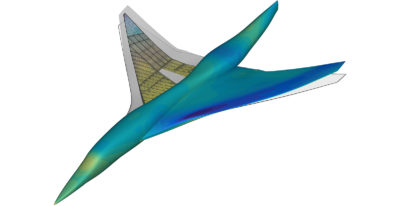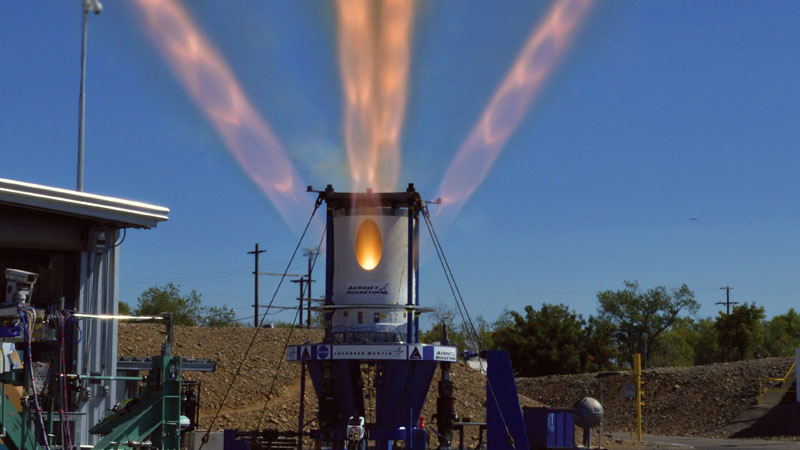Future long-range assault aircraft and advanced air mobility leading the way
By Erasmo Piñero Jr.|December 2023
The V/STOL Aircraft Systems Technical Committee is working to advance research on vertical or short takeoff and landing aircraft.
The U.S. Army’s Future Long-Range Assault Aircraft program and advanced air mobility initiatives are the two driving forces behind advances in powered lift as we near the end of the first quarter of the 21st century.
In February, Lockheed Martin’s Sikorsky protested the U.S. Army’s December 2022 decision to award the contract for the FLRAA program to Bell Textron for its V-280 Valor aircraft. The U.S. Government Accountability Office denied the protest in April, clearing Bell to continue work on the V-280 pre-production test vehicles. The V-280 is powered by two Rolls-Royce T406 turboshaft engine derivatives. The Army plans to bring the new aircraft into service in 2030 in anticipation of retiring its UH-60 Black Hawk helicopter fleet, carrying out one of the largest aviation modernization programs of the past two decades.
Accentuating the excitement around the AAM aircraft in development by various companies (including many startups), California-based Wisk in July demonstrated its fifth-generation electric air taxi demonstrator, Cora, at the EAA AirVenture air show in Oshkosh, Wisconsin. The remotely supervised aircraft flew without a pilot on a predetermined path, demonstrating agility, positive control, vertical flight and transitional flight capabilities. Wisk is targeting the late 2020s to begin ferrying passengers aboard a fleet of remotely piloted air taxis, but other air taxi developers plan to begin passenger service with piloted aircraft in the next few years.
Certification and validation procedures and their accompanying certification rules continue to be a major challenge for air taxi developers, many of whom have chosen electric vertical takeoff and landing, or eVTOL, designs. As an example, FAA in June published a series of regulatory guidelines aimed at providing the AAM community with a path forward for the eventual certification and training of aircrews (for vehicles that require onboard control). However, the proposed rules generated lots of discussion within the vertical flight community, and as of November had not been finalized. The requirements are an outgrowth of FAA’s decision late last year to classify eVTOLs in a “powered-lift” category, meaning these vehicles will not be treated as airplanes. The proposed rules further mandate that pilots have an additional powered-lift category rating, rather than allowing helicopter and airplane pilots to add a type rating to their existing certificates.
In August, NASA’s Ingenuity Mars Helicopter resumed flights on Mars after it was grounded following an emergency landing during a July 22 flight. During that flight, No. 53, NASA controllers determined that Ingenuity encountered a surface feature that prompted its flight computer to command an immediate landing. NASA believes the emergency landing procedure was triggered because images from Ingenuity’s navigational camera did not match data from the inertial measurement unit. With 66 flights completed as of early November, scientists believe Ingenuity will continue gathering useful Martian topographic data beyond its expected life span.



































